Want to know more about the real racing history and heritage behind the Mazda brand? Then read on...
Mazda's competition history is deeply impressive, particularly for one of Japan's smaller, lower volume manufacturers. The Hiroshima concern has turned its hand to rallying, touring cars and Le Mans in its 96 year history, the latter even allowing it to claim overall honors in 1992, becoming the only Japanese car maker to have done so in the process. Away from Le Mans, Mazda has succeeded in touring cars, rallying, drifting and club motorsport events across the globe, so more than worthy of an MX5-Parts blog post. With this in mind, please enjoy our rundown of our ten favourite Mazda competition cars.
MX-5 GT race car The MX-5 has quietly formed the backbone of the manufacturer's competition programme for well over 20 years, allowing countless first time track drivers to take their formative steps into the world of motorsport. Mazda knows this only too well and realised it early on in the model's life, hence why there have been numerous club race series centered around the car for many years now. 2011 saw the launch of the NC-based GT, a 275bhp race car designed to win the UK's Britcar series. The Jota Sport-built cars featured a six-speed transmission, an incredibly strong shell, and tipped the scales at just 850kg.
Mazda 323 Group A Mazda found itself well placed to exploit the sudden (and indeed unplanned) switch to Group A from Group B regulations in the World Rally Championship in 1987, the firm's 323 hatchback being their weapon of choice. Facing off against the might of Lancia's iconic Delta Integrale, the 323 faced an uphill struggle from the start. Its four-wheel drive layout was undoubtedly a plus-point, but its 1.6l engine put it at an immediate disadvantage when facing off against larger capacity rivals, and even forced induction couldn't quite level the playing field. A win for Timo Salonen on the 1987 Swedish Rally was the highlight of a season beset with reliability niggles, the 323 soon finding itself outgunned and out-developed by its rivals.
Le Mans 787b Without doubt Mazda's crowning motorsport achievement so far, the 787b was the first (and so far only) Japanese car to win Le Mans, a feat made all the more remarkable due to the rotary engine which powered it. Mazda had been in the Le Mans series for a number of years before their win, gathering experience and generally trying to make a good impression without breaking the bank. A development of the 767b, the Group C 787 ditched the former's 13b for an R26B, its now famous continuously variable intakes going on to be a key factor in its eventual success. The 900bhp screamer of an engine was housed in an aero-friendly bodyshell made from composite materials, all of which helped the driving trio of Johnny Herbert, Volker Weilder and Bertrand Gachot to the top step of the Le Mans podium in 1991.
Mazda RX-7 IMSA Mazda's success in Le Mans prompted the FIA to ban the use of rotary engine configurations from the series, so Mazda instead settled on the then significant IMSA series. Christened the RX-792P, the three cars built were powered by modified versions of the R26B that powered the 787b, featured carbon fibre tubs and benefited from the firm's extensive experience at Le Sarthe. Sadly, results were not forthcoming, the IMSA RX-7s struggling through 1992 with a series of reliability gremlins and, most alarmingly of all, a number of fires caused by the location of the exhaust. A 2nd place overall at Watkins Glen was the best these amazing cars could do, with Mazda pulling the plug at the end of the season.
Group B RX-7 Another attempt to allay any fears the general public might've had as to the rotary engine's reliability, the Group B RX-7 showed much promise and decent pace from the off, but it was never going to be a world beater when saddled with rear wheel drive. Mazda itself showed very little interest in rallying the RX-7 so it was left to Achim Warmbold and Mazda Rally Team Europe to prepare the car, with a 300bhp version of the 13b eventually selected to power the rear wheels. The car debuted in 1985, meaning that it was up against the might of the 205T16 and Sport quattro, both with far more power and double the traction. Such a disadvantage makes the team's best result of 3rd and 6th overall on that year's Acropolis Rally all the more impressive.
TWR BTCC RX-7 Away from the dust and dirt of the WRC, Mazda was enjoying far more success with the FB RX-7 in the British Touring Car Championship. Mazda contracted out the programme to Tom Walkinshaw Racing (TWR), a move that saw the latter gain its first works manufacturer contract. On the pace from the start, the RX-7s proved devastatingly effective, their screaming rotary engines seemingly well suited to the driving style of appropriately named lead driver, Win Percy. TWR won the title twice in a row with the RX-7, in both 1980 and 1981.
Mad Mike's 'Radbull' MX-5 Mazdas and drifting really do go hand in hand, the firm's range of rear wheel drive cars having allowed many successful drifters to make their first forays in the sport. Few drivers embody this better than Mad Mike Whiddett, a Formula Drift star with a long association with going sideways in Mazdas. One of his best loved creations is 'Radbul' a highly modified version of the Mazda MX-5 NC, one powered by a screaming quad rotary. A 25th Anniversary special edition was chosen as the base for the project, while a highly modified twin-turbo R26b was tasked with providing power. The end result was one of the meanest MX5s ever built, with over 1000bhp, a six-speed sequential gearbox and the ability to go sideways at the drop of a hat.
Mazda 6 SkyactivD Grand-Am Mazda has dabbled with touring car racing a number of times over its near hundred year existence, with tin-top versions of the RX-7 and even the Xedos having been trialled. The firm's latest touring car challenger is the based around the 6 and, unlike the majority of cars on this list, does without a rotary power plant, Mazda having decided to utilise their four pot diesel engine. Though far from the most extreme racer to have ever competed under the Mazda banner, the 6 SkyactivD certainly looks the part, while a healthy race programme of North American events ensures that we haven't seen the end of competition Mazdas quite yet.
Mazda Furai We'll admit that including the Furai concept in a list of race and rally cars is something of a cheat, but we thought we'd give it a pass seeing as it was based on the Courage Compétition C65 Le Mans racer that Mazda ran in the American Le Mans Series, and because it wore the iconic number 55, the same number sported by the Le Mans winning 787b. It looked unlike anything else thanks to Mazda's aggressive styling, went like the clappers thanks to the triple rotor R20b nestled at its heart, and weighed just 675kg. Any hopes of either a production run or a competition programme were dashed when it caught fire and burnt to the ground midway through a Top Gear test in 2008.
Mazda LM55 Vision Gran Turismo concept Pushing our luck even further, the LM55 has never and will never turn a wheel in anger. In fact it'll never turn a wheel full stop, as it's purely a digital rendering, a styling exercise that allows Mazda to fully exploit its Kodo design philosophy and to tease at possible motorsport endeavors. Whether this is enough to warrant its inclusion on this list is up for debate (answers below), but one thing that's beyond doubt is that the LM55 (the name itself a nod to the 787b) is an amazing looking beast. Another upside to the LM55's purely digital existence is that we're free to speculate about its specification, hence why we reckon it'd run a bonkers, full forged, compound charged version of the Mazda MX-5 NA's 1.8. Massively unlikely, true, but impossible? No.

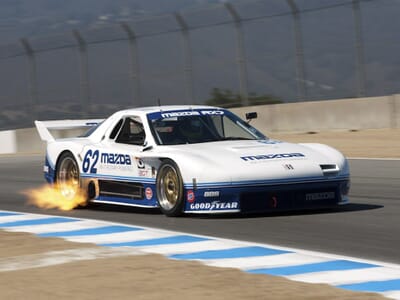
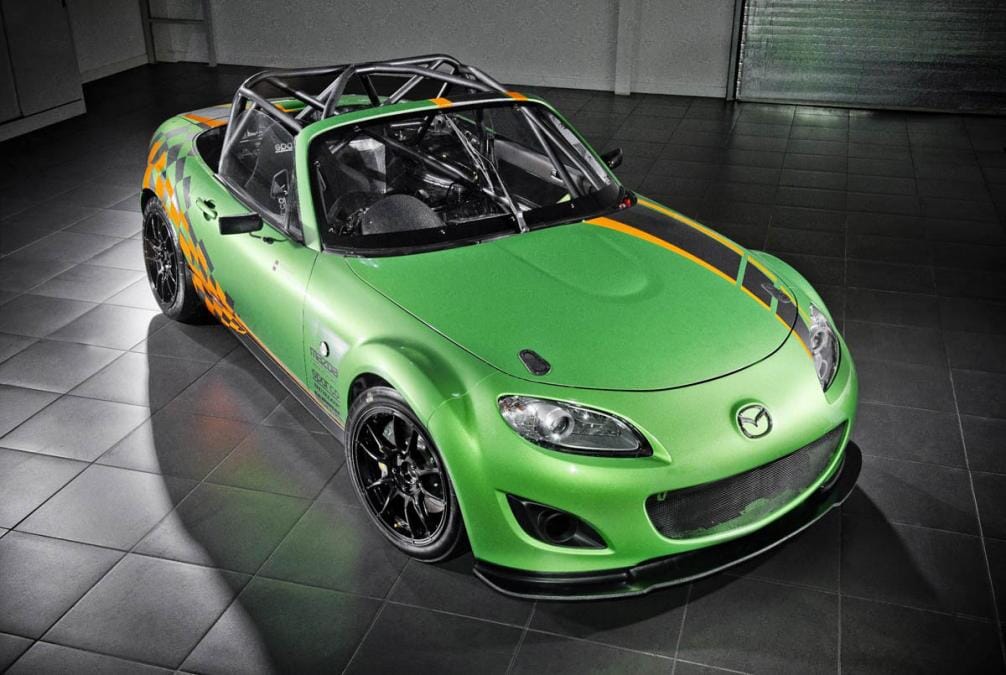
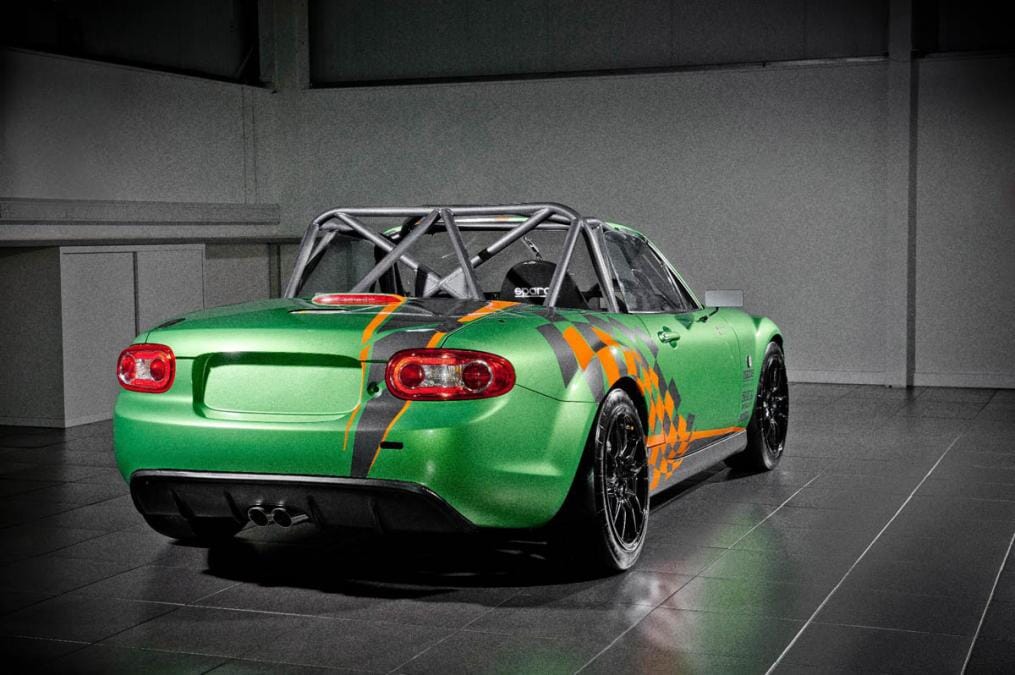
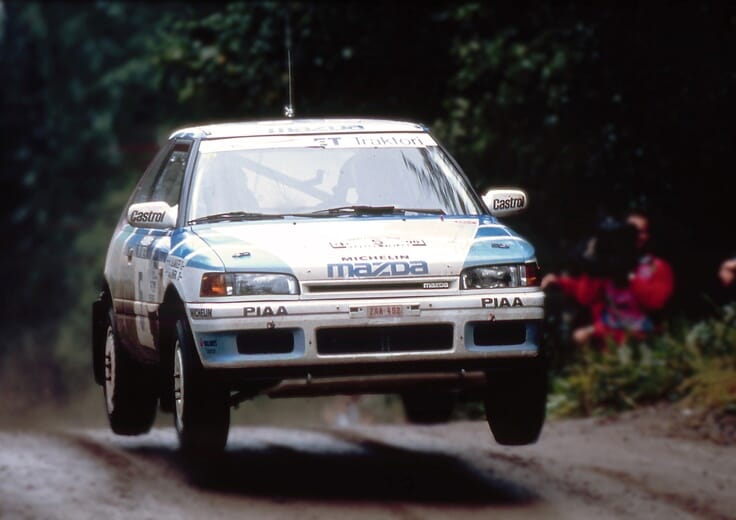
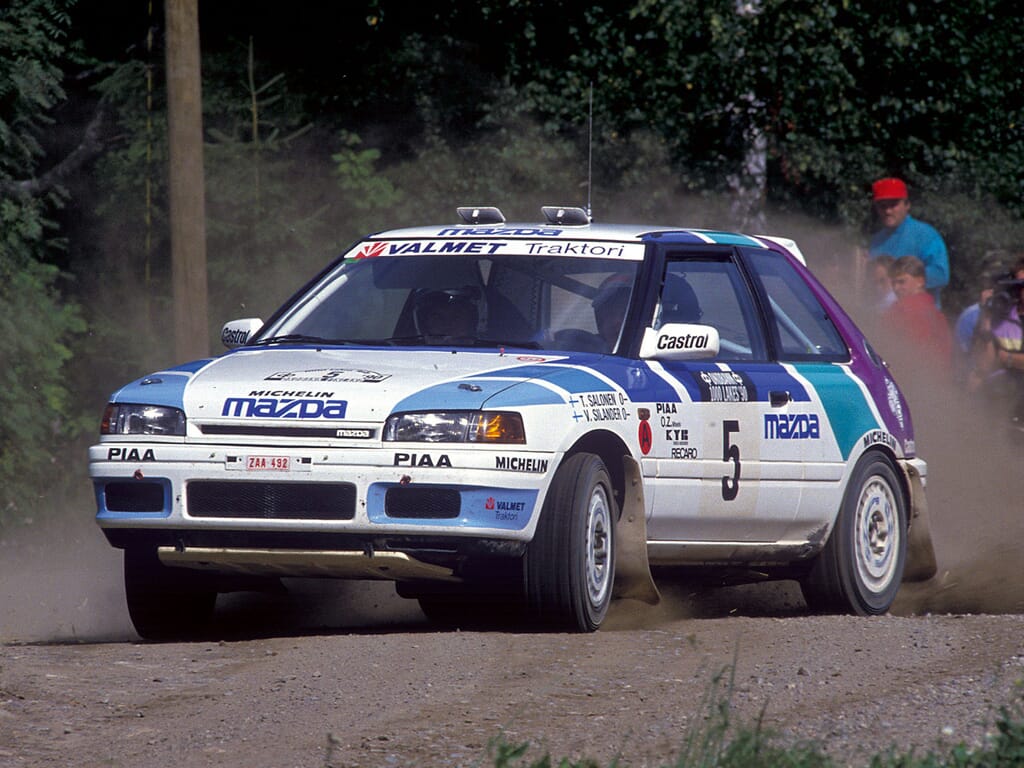
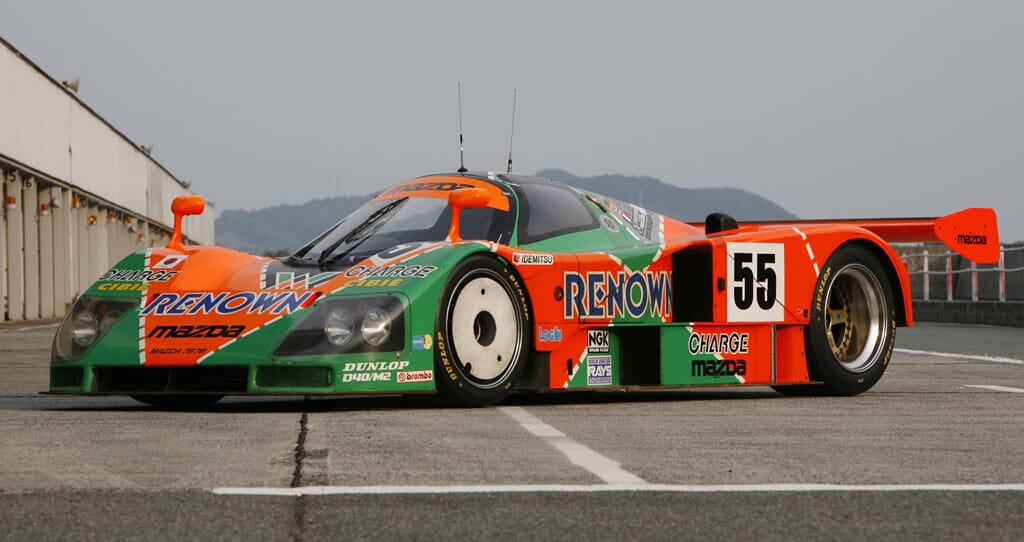
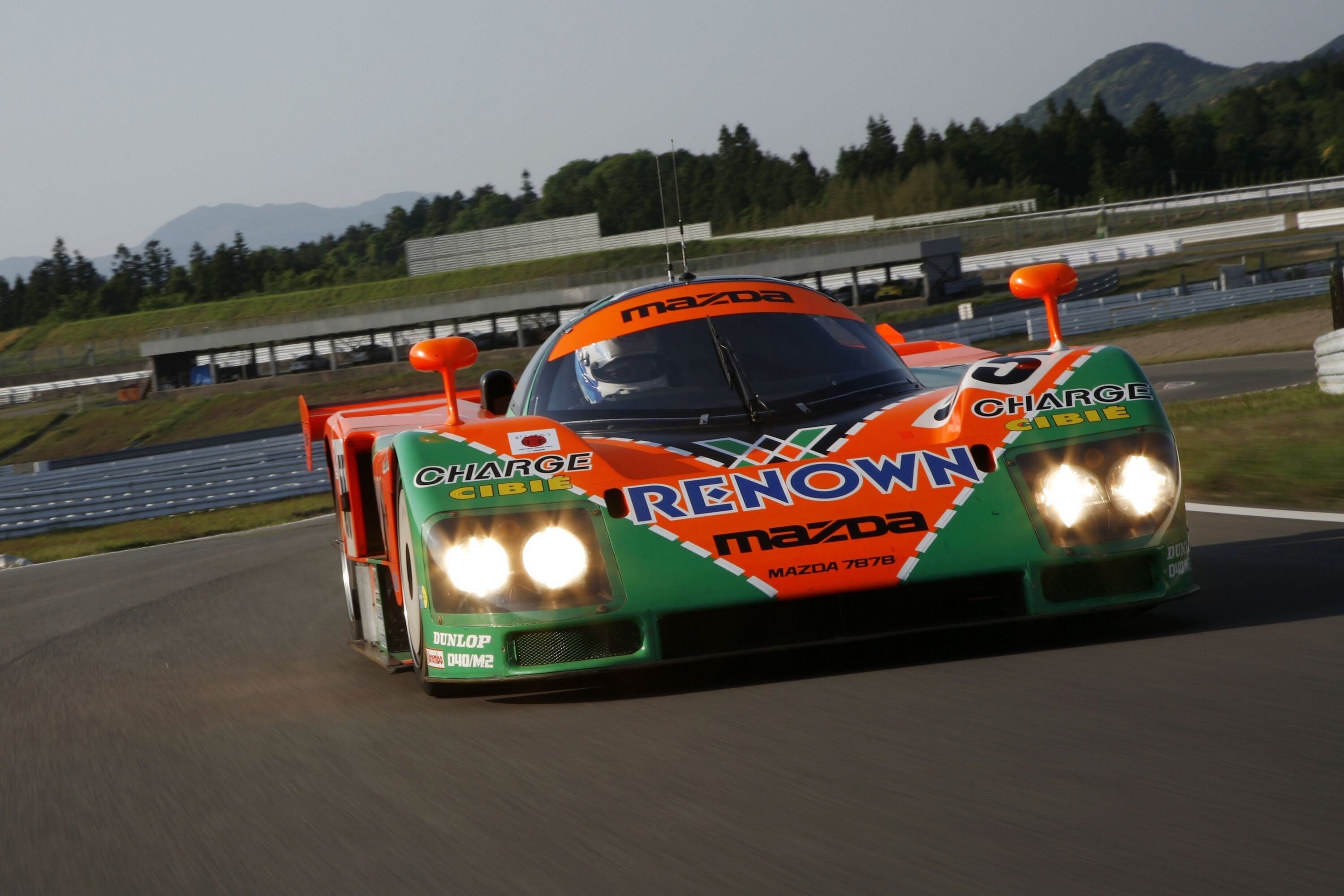
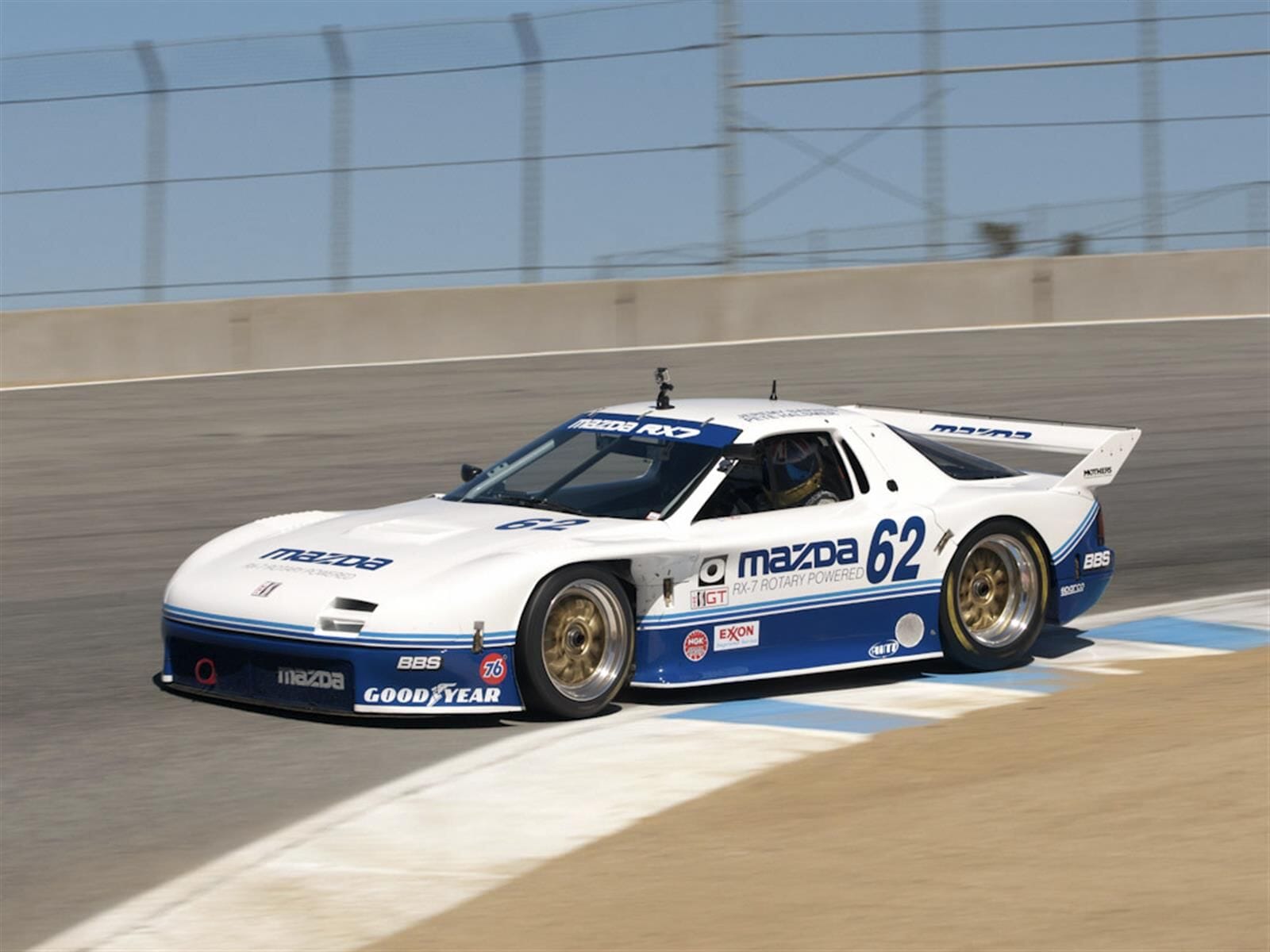
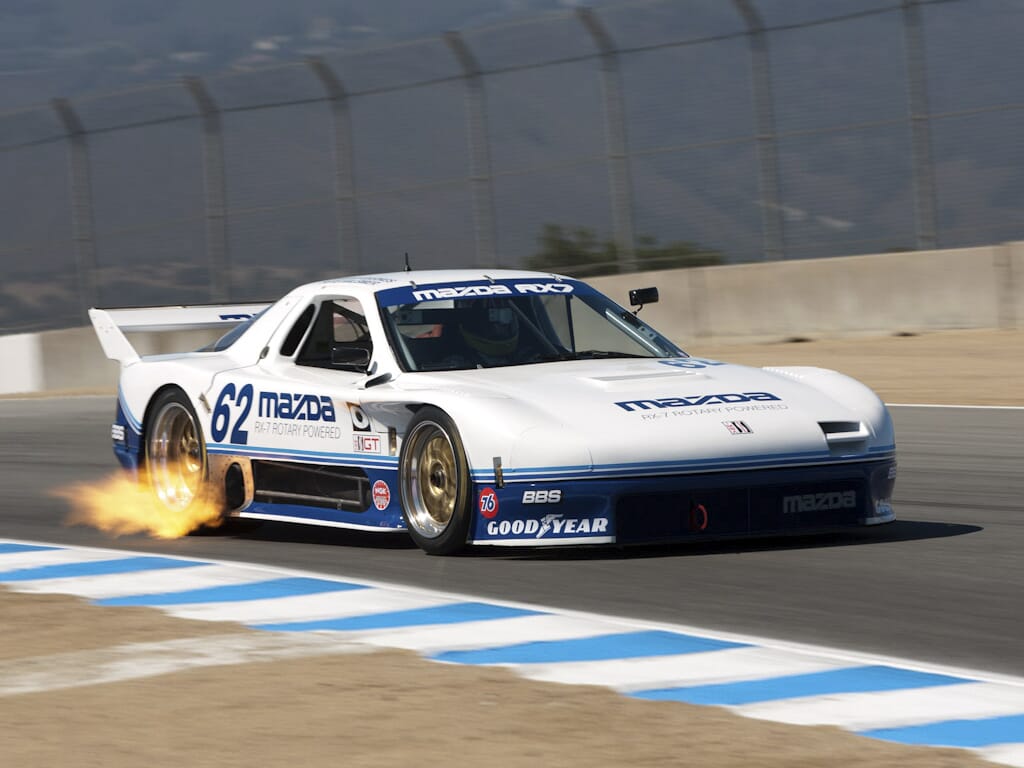
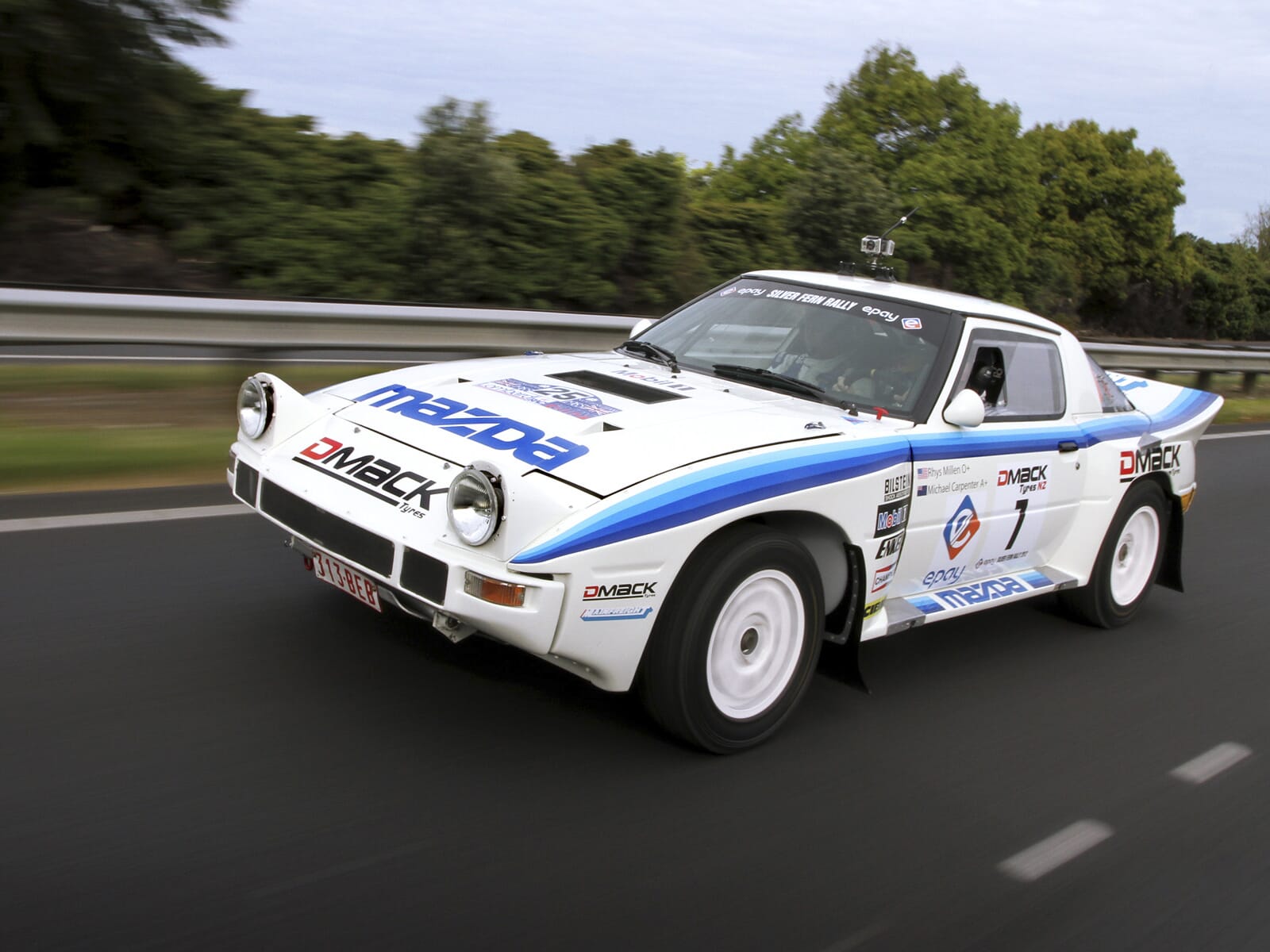
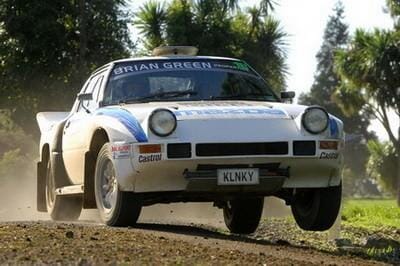
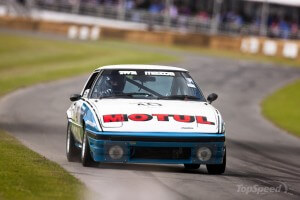
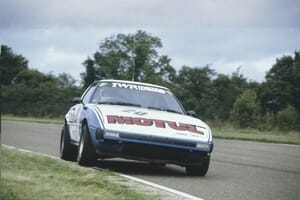
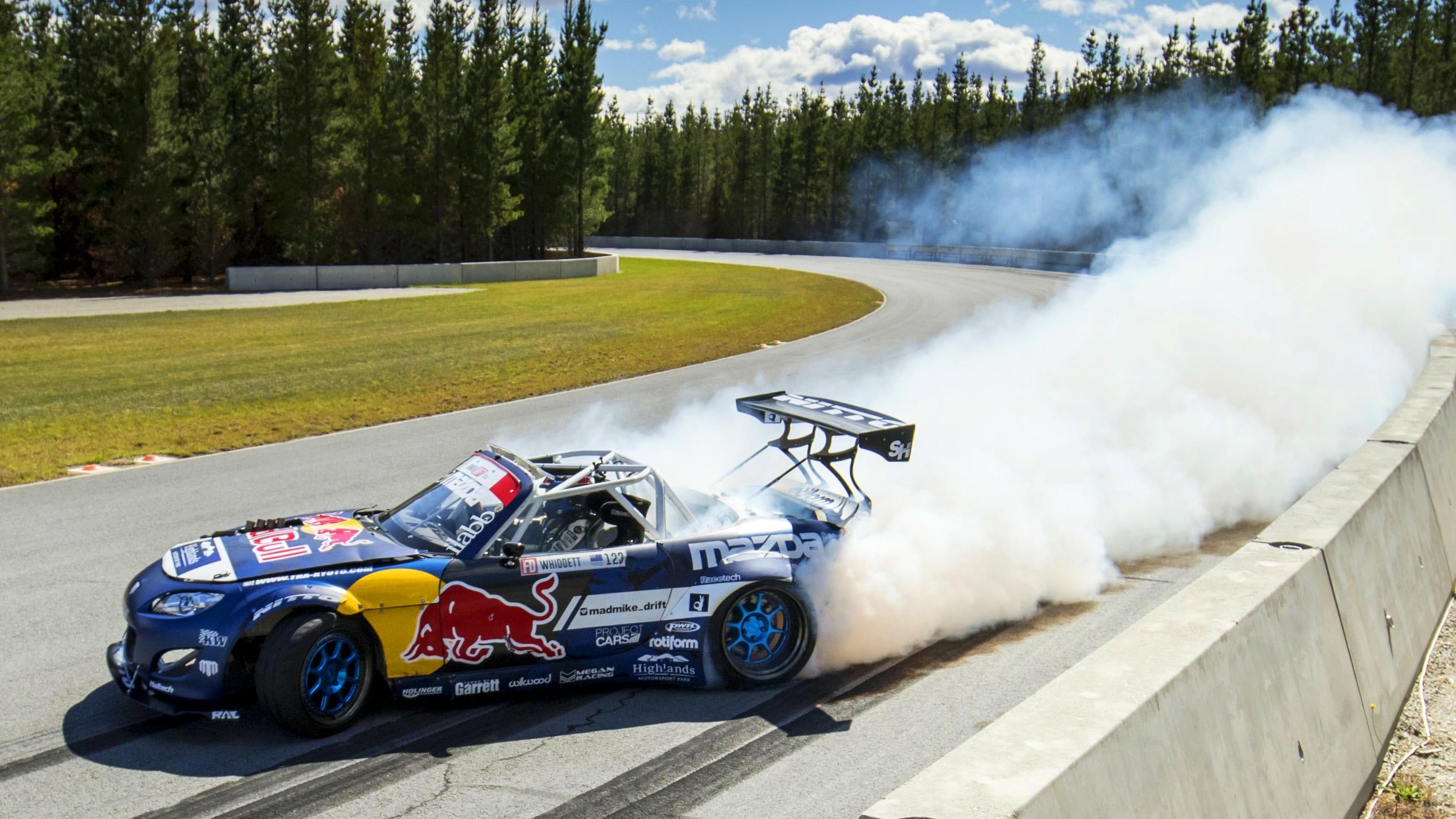
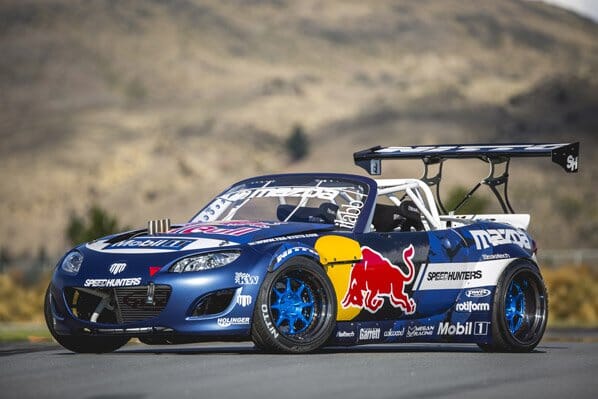
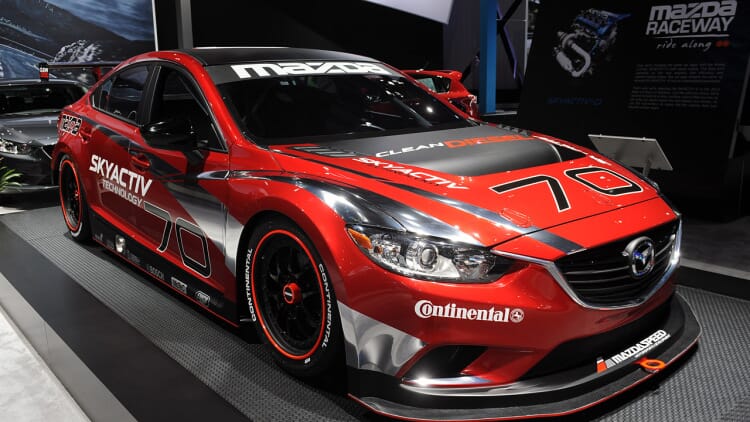
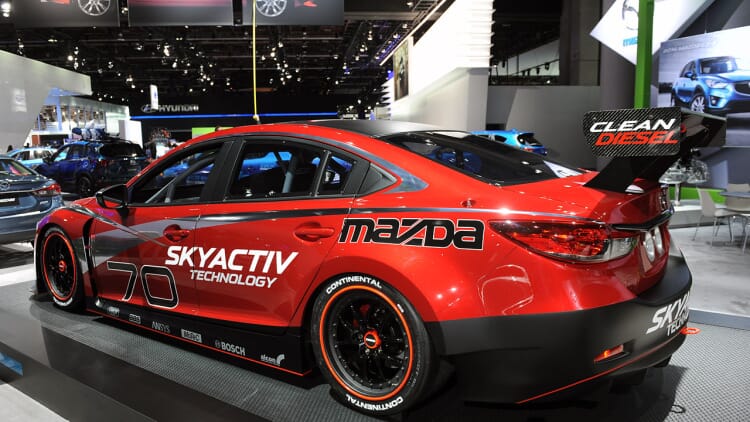
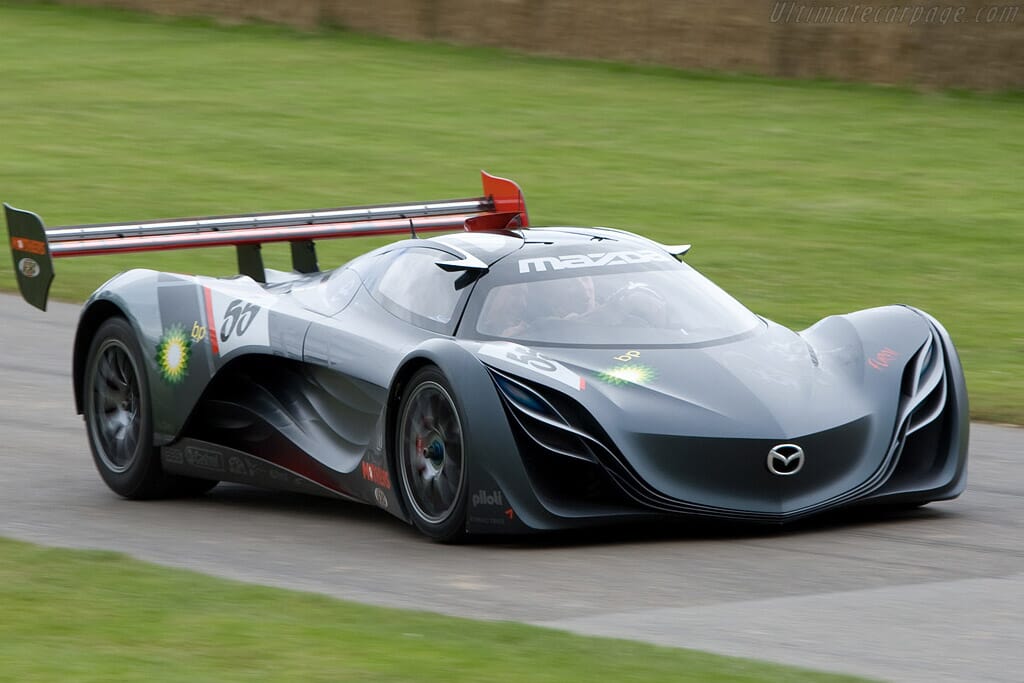
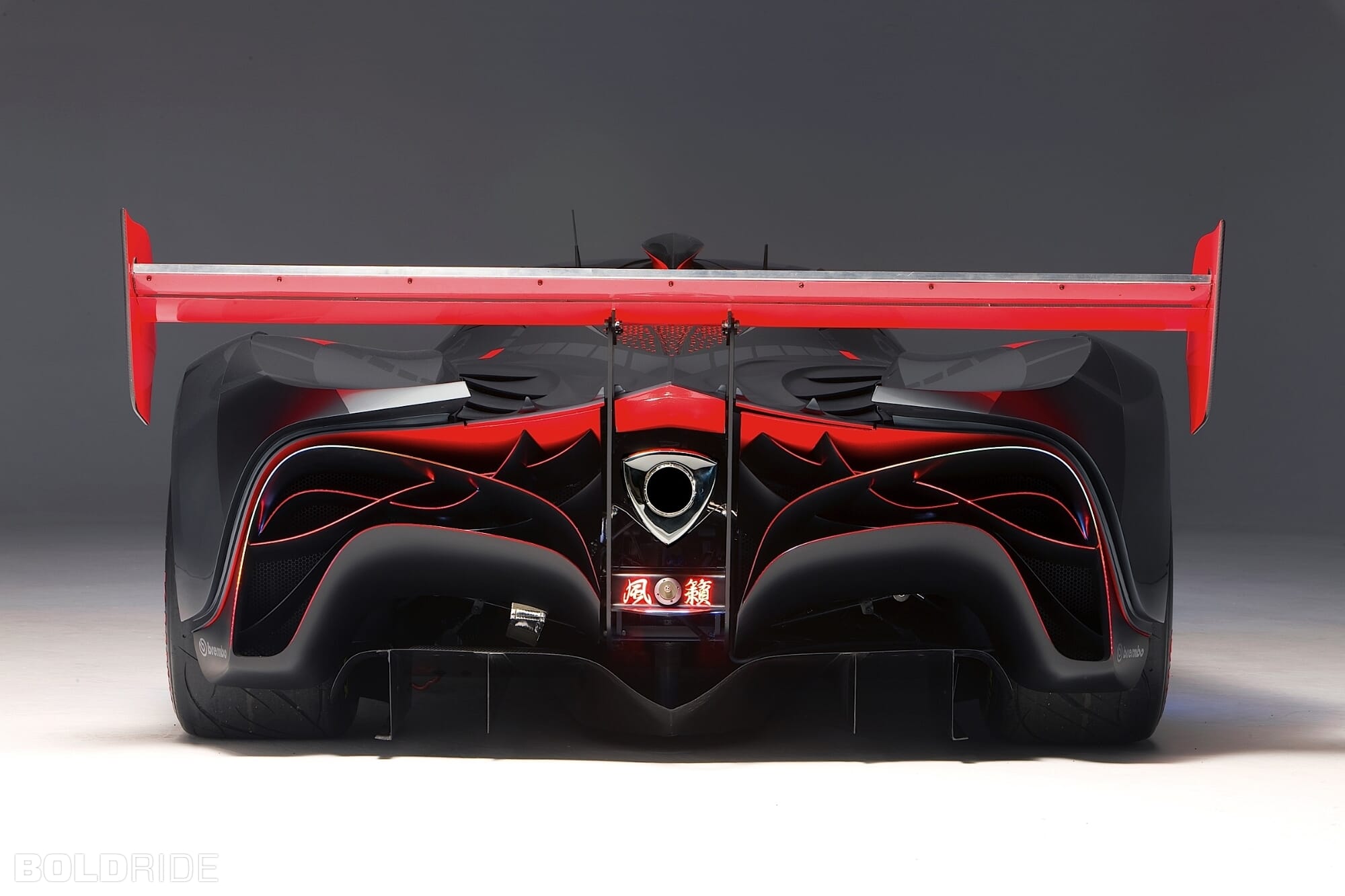

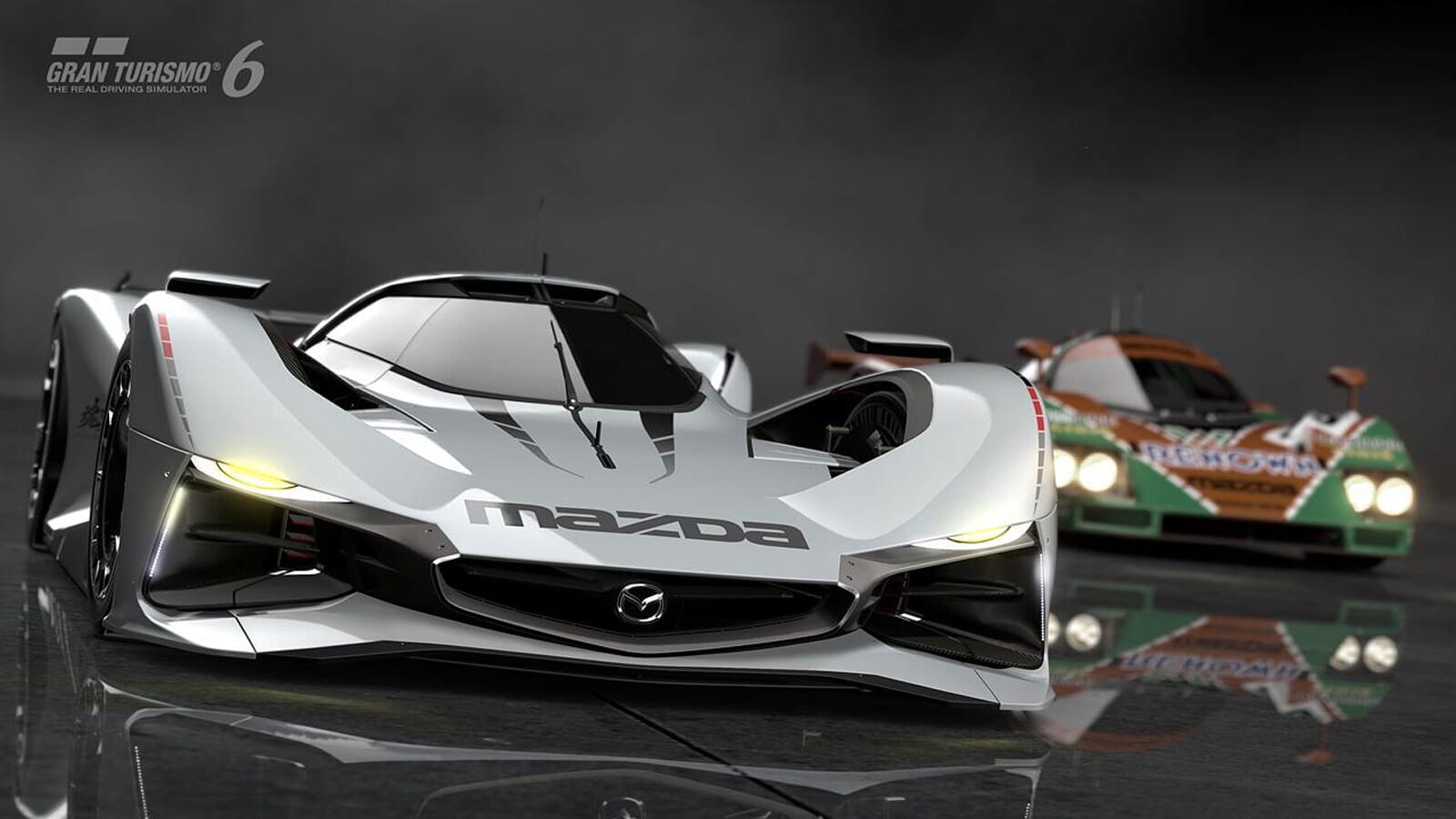
Leave your comment